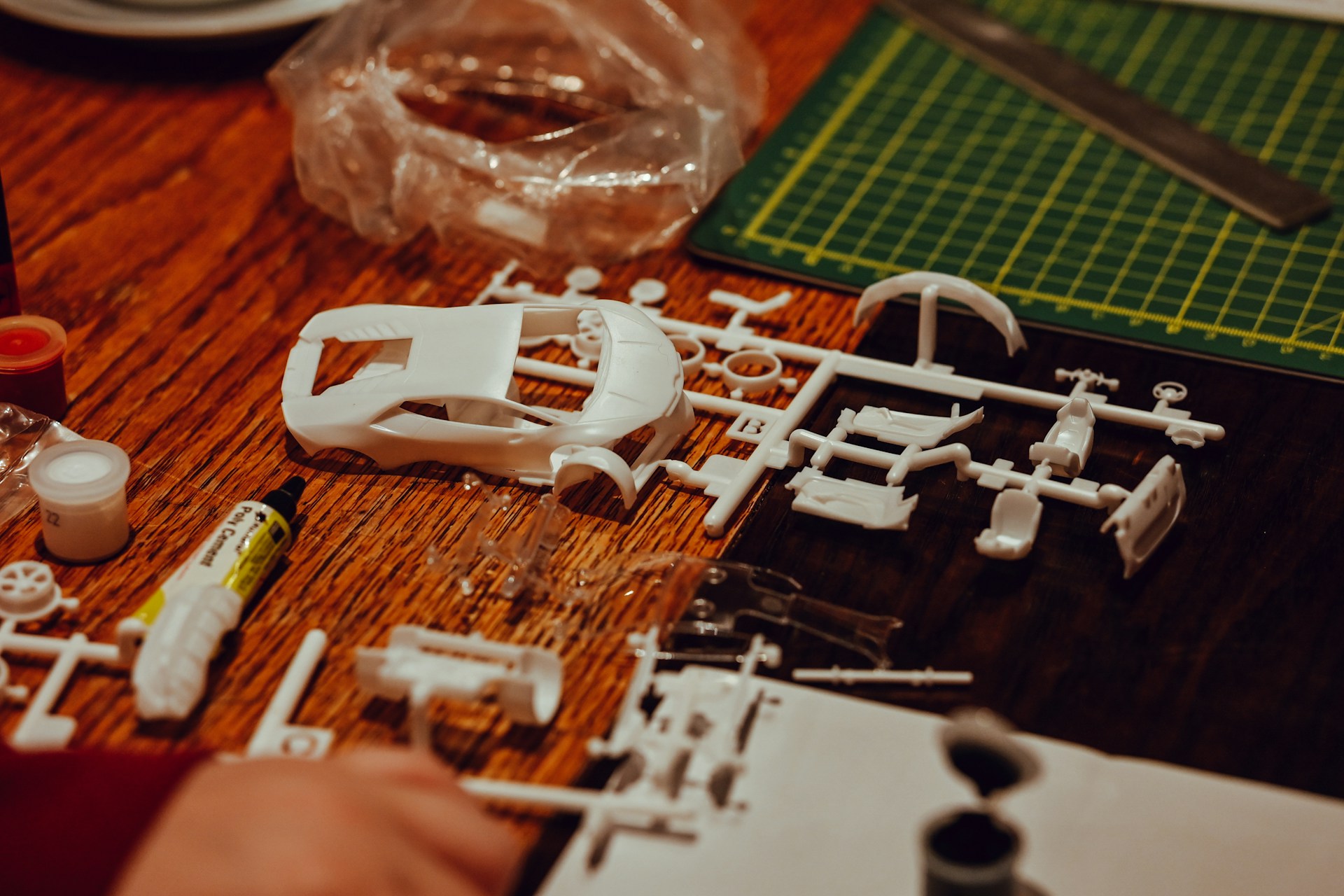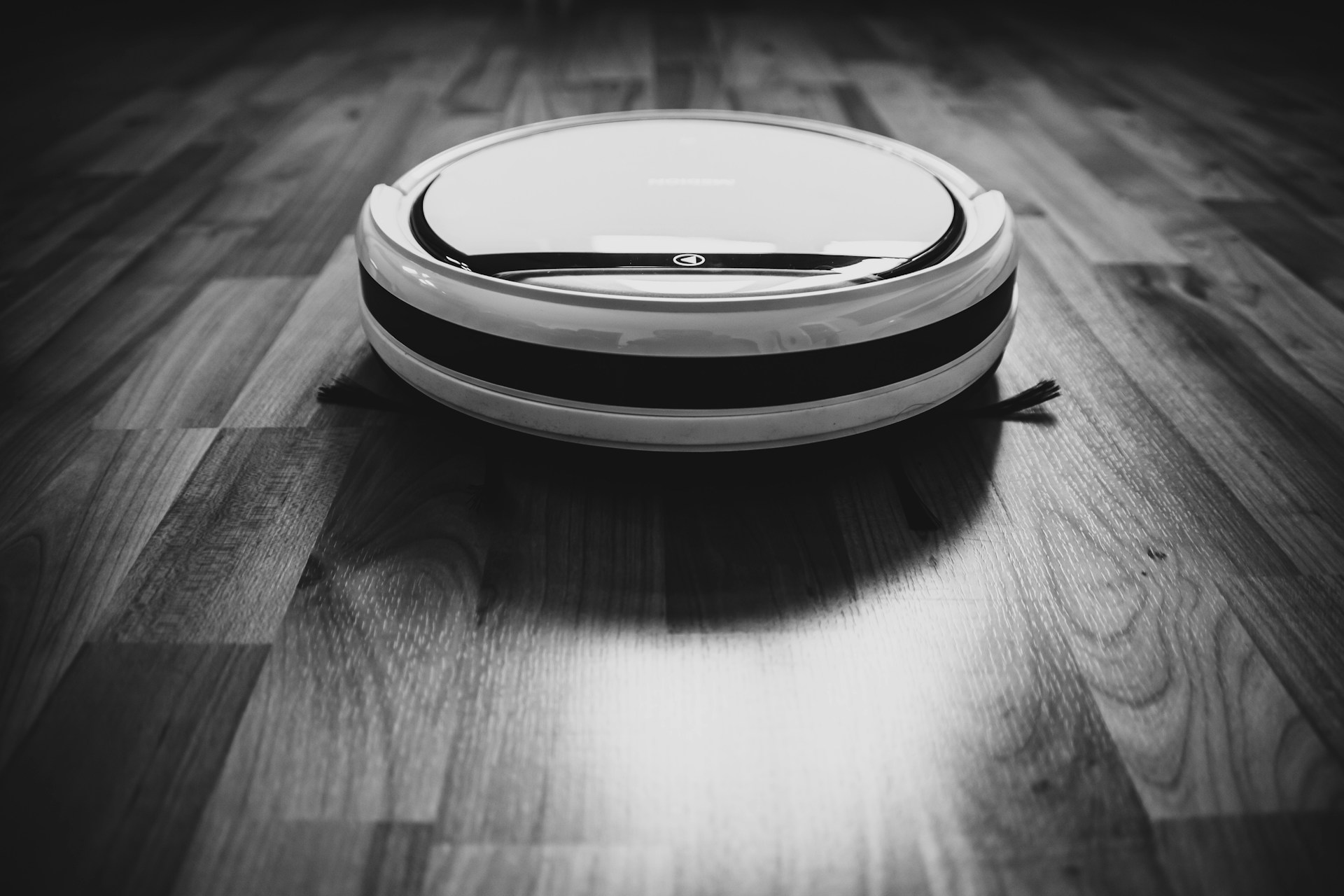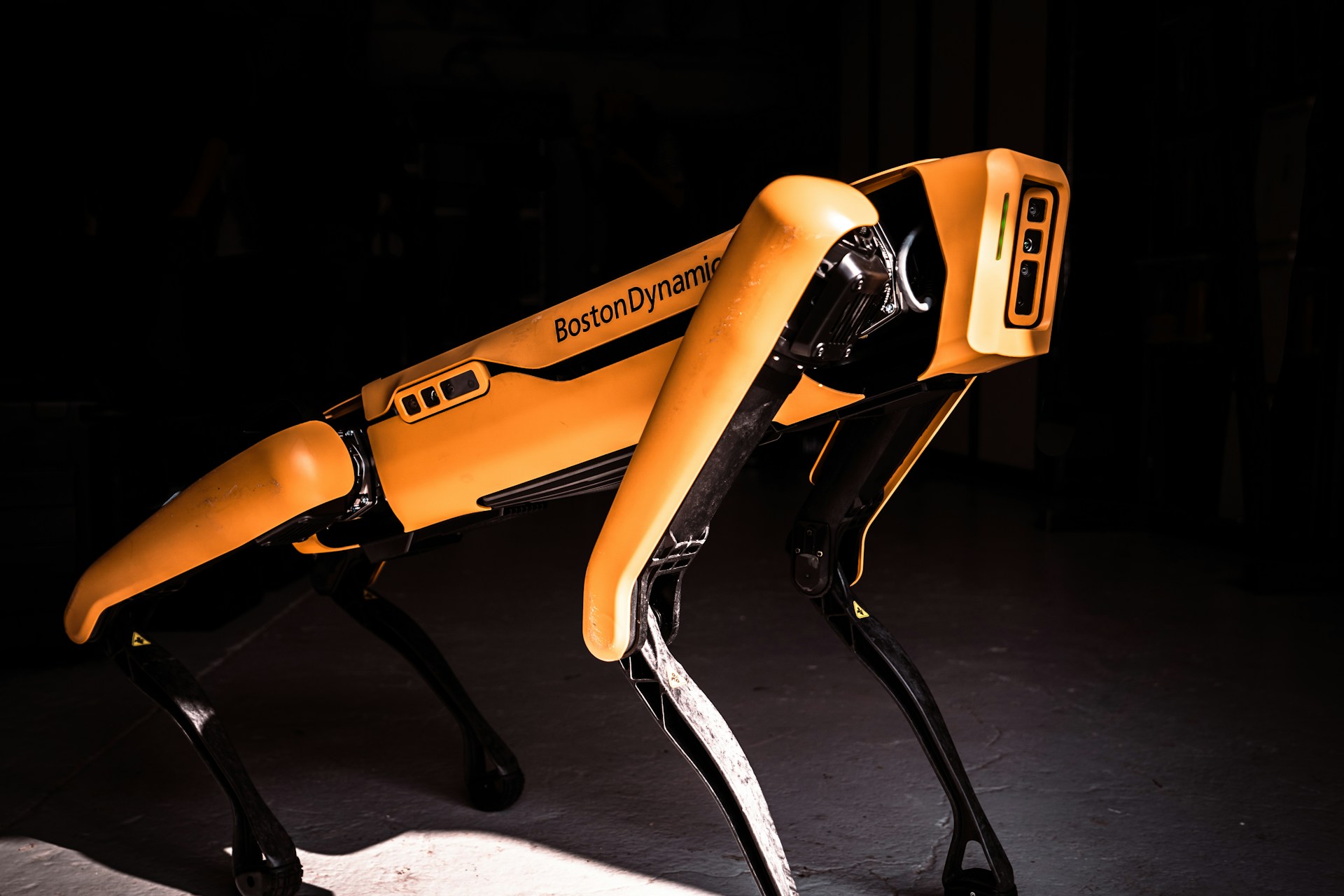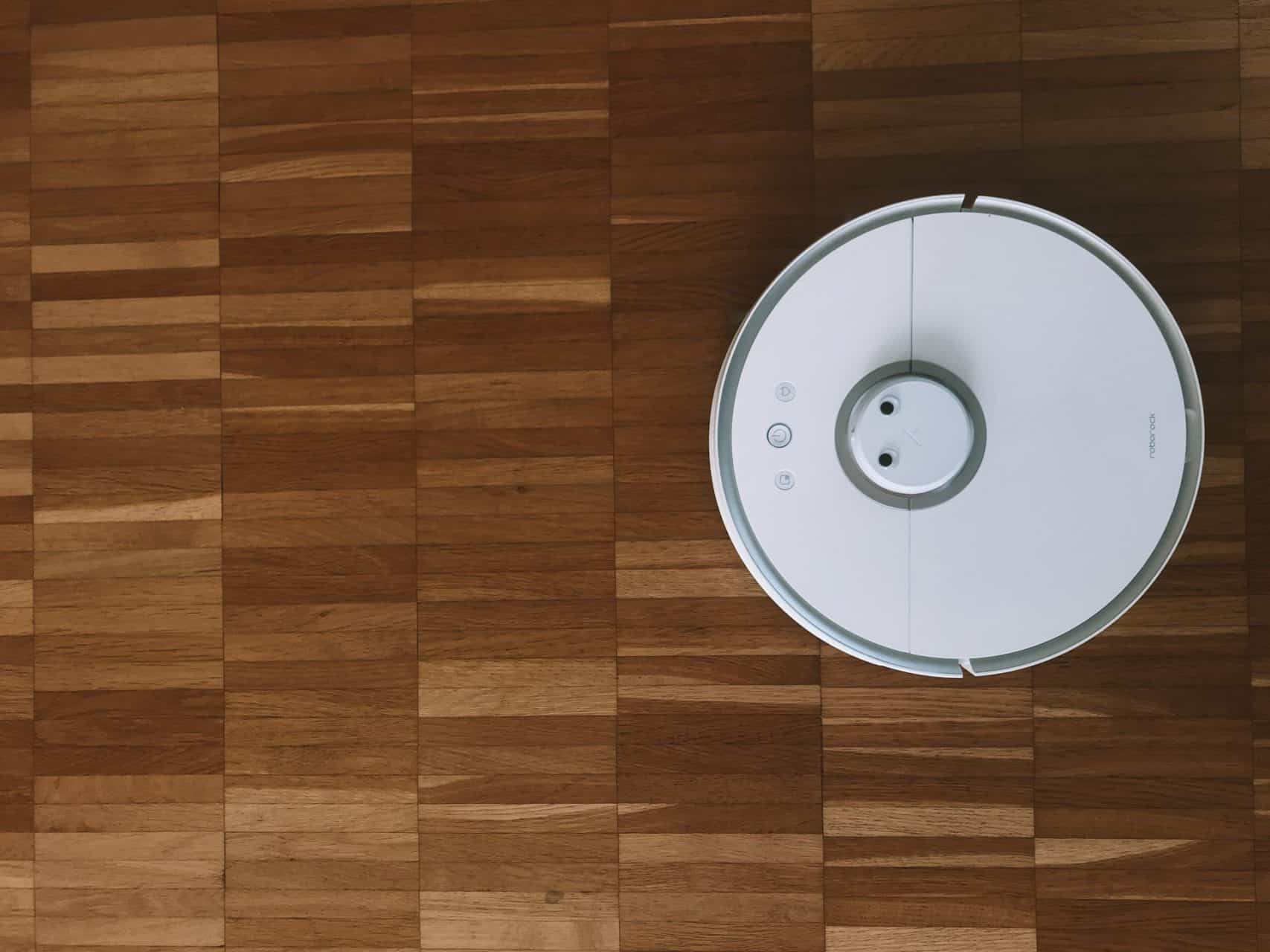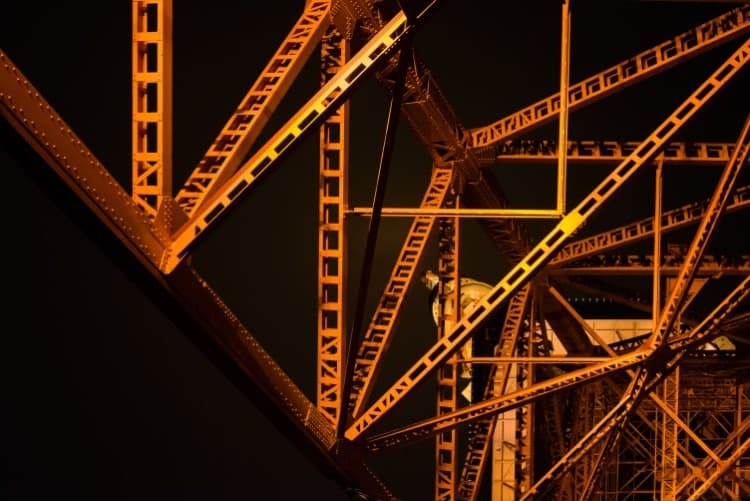
Will Construction Robots Be the Next Big Thing?
October 10, 2019 - Emily Newton
Revolutionized is reader-supported. When you buy through links on our site, we may earn an affiliate commission. Learn more here.
How did you envision robots 10 years ago? We’ve all had dreams of a mechanical butler, able to do laundry and wash dishes. A utopian society where robots do all the work and humans are free to do as they wish. Unfortunately, the tech isn’t quite there yet — but it’s on its way. The robots of today might not look like the ones you see in movies. However, coupled with artificial intelligence, the developments have left no industry untouched. Construction robots are taking over the market, with an annual growth rate of 16.8% between 2018 and 2023.
How long before construction robots are the next big thing?
The Reality of Robotics
Imagine standing at a conveyor belt and taping boxes all day. You’d eventually get tired or bored. You might have other things on your mind — like your significant other or a better job. These distractions can affect the quality of your work.
Robots have none of these problems. They can complete tasks indefinitely without getting tired, needing a break or making a mistake. As a result, operations can continue much longer, boosting productivity and profits.
Take Construction Robotics’ SAM100 masonry robot, for example, which can lay 300 to 400 bricks in one hour. SAM — short for semi-automated mason — is five times faster than a human. Plus, it doesn’t need a lunch break.
Experts believe construction robots could be the solution to the recent employee shortage in the sector.
An Innovative Design
When you imagine a robot, what do you see? Probably some metal contraption walking — or rolling — around. What about a bot that clings to your body, making you stronger?
It may seem a little creepy, like something out of Spider-Man. Yet with the exoskeleton suit, you can easily lift and move up to 200 pounds. The full-body suit is battery-powered, and one charge lasts up to eight hours. Plus, you can swap batteries in the field without losing power.
These suits require only 400 watts of power, 90% less than typical humanoid robots. When worn, the strength amplification is 20 to one. Therefore, if you pick up a 100-pound concrete slab, it will only feel like five pounds.
This technology, along with other wearables, could save employers billions each year from back injuries. Ease of production will also improve operational efficiency.
A Collaborative Effort
Most robots operate in stable, predictable spaces, like assembly lines or warehouses. Construction projects, on the other hand, happen in unstructured environments. They’re often outdoors, and workers must expect the unexpected.
What’s an enterprising robot to do?
New advancements in construction robots, like machine learning, are effectively removing these barriers. According to one study, automation can take over roughly 49% of construction tasks. The technology could consume roles for laborers, carpenters, electricians, plumbers and operating engineers.
As 5G appears on the horizon, some believe multi-operational robots will rise in popularity, able to collaborate on the same tasks at once. A group at Singapore’s Nanyang Technological University is developing a 3D printing prototype that can swarm. The entire group can learn from a single robot.
There is no definite timeline for when collaborate robots will enter the market. The most significant setback is tech integration, a process that could take years.
A Potential Road Forward
Drones — aka flying robots — took off in the consumer sector. However, they also have a role in construction. Equipped with high-powered sensors and cameras, these bots can be the eyes and ears of any work site.
Drones can inspect hard-to-reach machinery and structures for potential risks. They can complete overhead surveys of pipelines, roads and foundations. Plus, they can collect and verify landscape measurements for use in 3D applications.
Drones and sensors, when coupled with AI and machine learning, can monitor the health of entire operations, down to individual components. Automation can bring attention to maintenance issues and prevent costly equipment failure.AI collects and analyzes vast amounts of data. The technology can find intricate patterns, pinpoint setbacks, study changes in controlled environments and bring advancements to the jobsite.
The Future of Construction Robots
What if robots could automate the entire house-building process? Experts believe in the future, they will.
A group of researchers at MIT unveiled the DCP — Digital Construction Platform — a self-driving 3D printer with a reach of more than 10 meters. The bot has worked with a variety of media and processes, including additive fabrication, excavation, light printing and welded-chain construction.
It can create the scaffolding of a full-size structure — 14.6 meters in diameter — in less than 14 hours. The environmental sensors provide real-time feedback to the system, allowing for enhanced control.
According to the team, ongoing research will focus on improving system control with nonlinear behaviors and developing new interfaces to facilitate interaction.
As technology advances — and consumer developments catch up — what can we expect to see in construction next?
Revolutionized is reader-supported. When you buy through links on our site, we may earn an affiliate commission. Learn more here.
Author
Emily Newton
Emily Newton is a technology and industrial journalist and the Editor in Chief of Revolutionized. She manages the sites publishing schedule, SEO optimization and content strategy. Emily enjoys writing and researching articles about how technology is changing every industry. When she isn't working, Emily enjoys playing video games or curling up with a good book.
